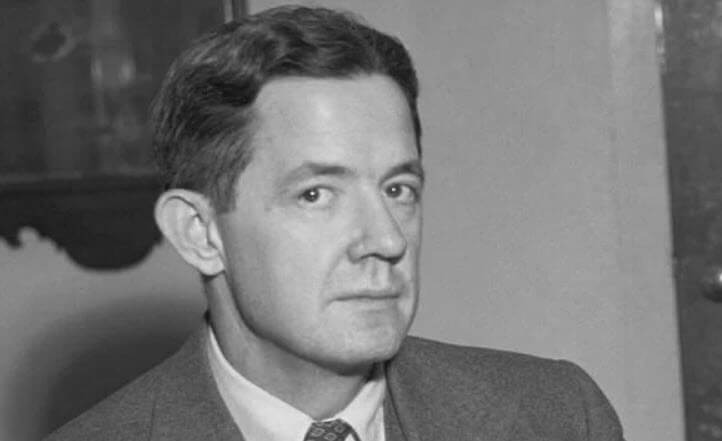Who was Alfred Blalock? Information on American surgeon and physiologist Alfred Blalock biography, life story, works and contributions to science.

Alfred Blalock; (1899-1964), American surgeon and physiologist, who originated the “blue baby operation” and made fundamental contributions to the physiology of shock. Blalock’s work in proving the feasibility of operations upon the great vessels in children with congenital heart disease marked the opening of the era of modern cardiac surgery and research.
Blalock was born in Culloden, Ga., on April 5, 1899. He graduated from the medical school of Johns Hopkins University in 1922 and, after three years of postgraduate training at Hopkins, went to Vanderbilt University, where he became professor of surgery in 1938. In the laboratory he studied the problems of high blood pressure and shock.
In 1941 he became surgeon-in-chief of the Johns Hopkins Hospital and professor of surgery and chairman of the department at the medical school. He continued his work on shock in the laboratory and also began clinical investigation of the effect of thymus removal on myasthenia gravis, a chronic muscular disease.
Blalock was the first to describe (with E. A. Park) an operation for the relief of congenital narrowing of the aorta. This operation was worked out carefully in the animal laboratory, as was the operation for the relief of congenital cyanotic heart disease (“blue babies”). In 1945 he published (with Helen Taussig) the results of the first clinical experience of the surgical joining of the subclavian artery to the pulmonary artery in treating “blue babies”—the first attack on an intrinsic heart defect. Later superseded in older children by a complete correction of the defect, it is still used in babies.
Blalock’s other major contribution to the surgery of congenital heart disease was the development (with C. B. Hanlon) of an operation for the relief of transposition of the great vessels. Blalock and Hanlon devised a technique for creating or enlarging an opening in the wall dividing the right and left atrial chambers of the heart. This technique is now the standard first stage in a two-stage repair operation.
Blalock died in Baltimore, Sept. 15, 1964. His collected papers were published in 1966.
Alfred Blalock Contributions to Science
Alfred Blalock made several significant contributions to science during his career as a surgeon and physiologist. Here are some of his most notable achievements:
- Development of the Blalock-Taussig shunt: In collaboration with pediatric cardiologist Helen Taussig and surgical technician Vivien Thomas, Blalock developed a surgical technique known as the Blalock-Taussig shunt. This procedure helped alleviate the symptoms of blue baby syndrome, a condition caused by a congenital heart defect that prevents sufficient oxygenation of the blood.
- Pioneering work in vascular surgery: Blalock was one of the first surgeons to successfully operate on the aorta, the largest artery in the human body. He also made important advances in the surgical treatment of aneurysms and peripheral arterial disease.
- Research on shock and hemorrhage: During World War II, Blalock led a team of researchers who studied the effects of shock and hemorrhage on soldiers. Their work helped improve the understanding and treatment of these life-threatening conditions.
- Advancements in the understanding of the adrenal gland: Blalock’s research on the adrenal gland, a small gland located on top of the kidneys, helped elucidate its function and the role of hormones in regulating the body’s response to stress.
Overall, Blalock’s contributions to science and medicine have had a lasting impact on the field of surgery and have saved countless lives.